Entering a vintage boutique in downtown Chicago is akin to stepping into a secret chapter of fashion’s past, where each rescued piece of clothing is a story waiting to be told anew. I recently spent a glorious afternoon in a vintage emporium in Wicker Park, a revived warehouse filled with painstakingly curated racks of clothing (and accessories) that made my heart race. Ranging from ’70s silk blouses to ’90s grunge denim, each piece I encountered was a spark of nostalgia igniting memories of—what?
Bold creativity and unfiltered self-expression, I guess. The ’70s and ’90s have been back with a vengeance for several seasons. But to me, exploring vintage is not about trend-hopping; it’s about going back to a time when fashion was an art form that rebelled against conformity.
A moment I remember vividly was at the Melrose Trading Post in Los Angeles when I stumbled upon a vendor with a keen eye for rare ’80s designer handbags. They were my teenage dream, and suddenly this collection—Gucci, Yves Saint Laurent, etc.—seemed to be enacting a moment in Angeleno history when any old bag just wouldn’t do. Here was this guy, a lifelong collector, talking me up into a frenzy of desire for gifts that never existed, recounting the kind of off-the-record history that these pieces often come with.
And sure, these bags are probably very much prized for the kind of craftsmanship and rarity that make anything a collector’s item, but I was also struck by how representative this moment at the trading post was of a way in which Angelenos particularly reclaim their past—a past that’s always been closer to the present than anyone’s willing to admit. The enduring allure of craftsmanship has become a striking realization during my foray into vintage fashion. At a time when we’ve almost entirely developed the language to critique fast fashion and its associated ills, we must also remember that every vintage piece offers a persuasive counter-narrative, one that speaks to the level of quality and detail that modern mass production often glosses over.
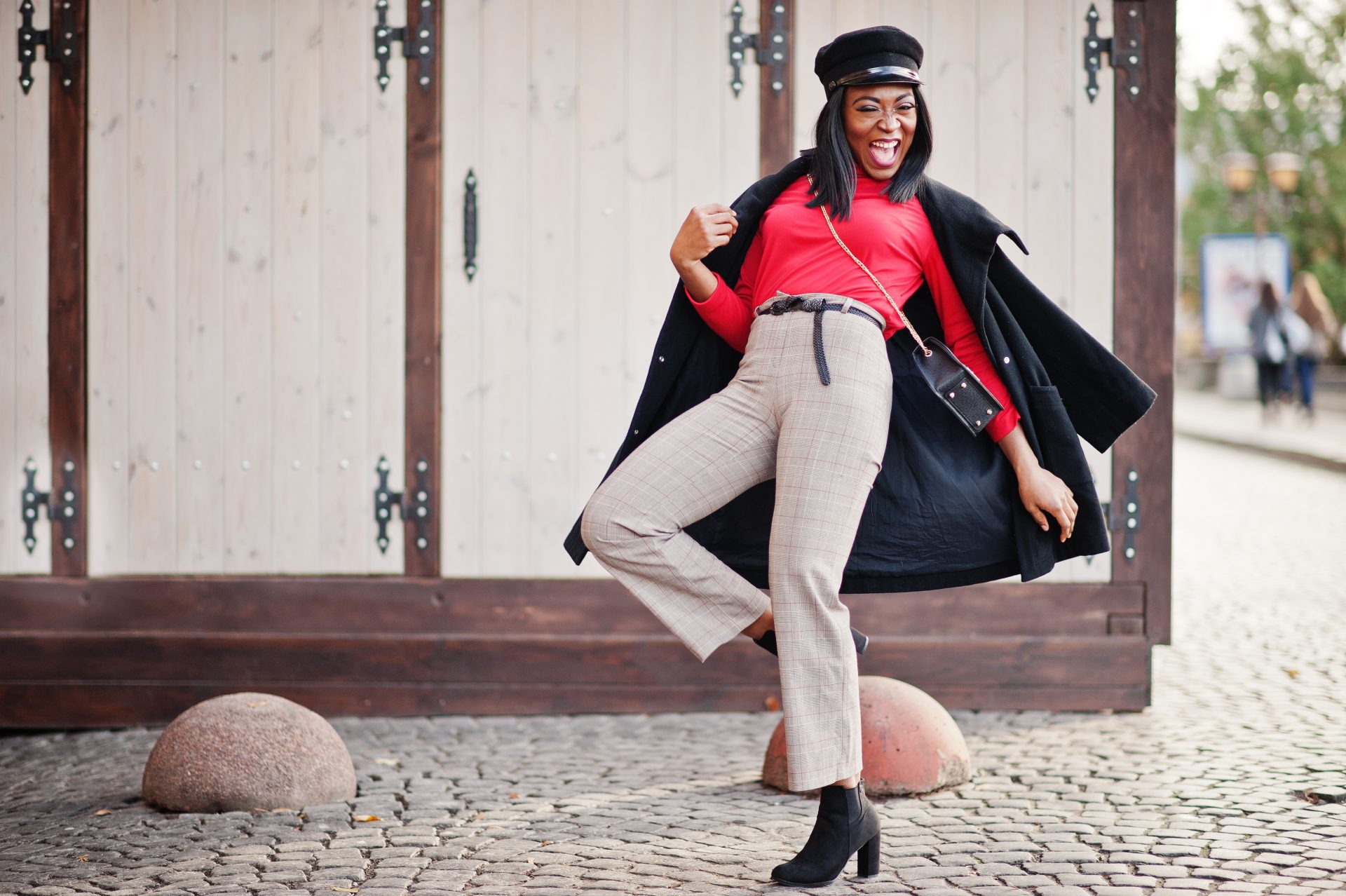
Recently, I was lucky enough to receive an invitation to a private viewing of a collection at a well-respected vintage boutique in New York’s East Village. There, I estimated that fully 80 percent of the pieces on display were either custom-made or one-of-a-kind, not a category I would place next to a hashtag for either #vintage or #thrifted. The owner of the boutique, a fashion industry veteran, made a point during her very on-message tour of the collection that these garments, with all their hand-finishing and artistry, were made to last.
She contrasted their making with a more recent upsurge in the “look of luxury,” a coming wave that has hit several coastal cities. During my vintage journey, I didn’t ignore the dynamic ways retro style has permeated today’s modern runways. While attending New York Fashion Week just last month, I perceived a powerful trend.
Multiple designers, including the ever-innovative Miu Miu, incorporated vintage-inspired silhouettes and prints into their collections. And while there was an unmistakable homage to the glamorous past, there was also a clear and bold infusion of elements that felt both fresh and contemporary. I remember watching the runway show with a clever juxtaposition of classic tailored blazers with oversized accessories and thinking how easy it was to see the effortless merge of meticulous vintage couture with today’s fashion landscape.
These experiences have had a profound influence on my wardrobe. Recently, I invested in a most amazing pair of vintage leather boots from a family-owned shop in Chicago’s West Loop. With their distressed finish and solid construction, the boots have easily settled into my everyday style.
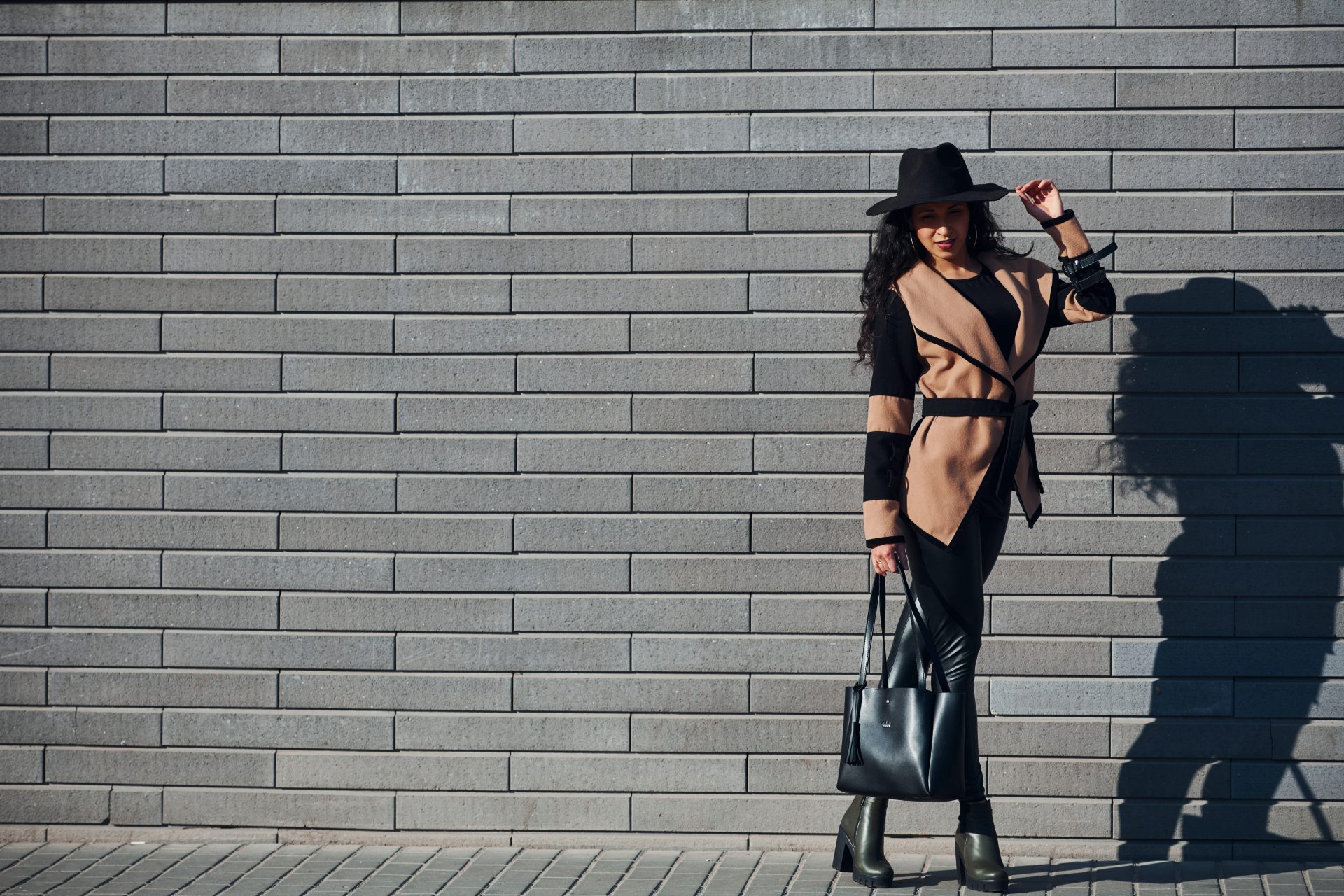
They remind me of the era when each piece of clothing was adored for its unique character, not cast aside and quickly replaced. I even paired the boots with a modern bomber jacket one day, not thinking about it too much until my coworkers began complimenting the unexpected yet pleasing mix of styles that garnered approving nods from fellow fashion enthusiasts. And this is what I love most: the moments when the vintage charm of a piece of clothing meets contemporary sensibility.
During an impromptu visit to the annual Chicago Vintage Fair, I had one of those “you can’t make this up” moments. Texas seems to have a monopoly on this kind of thing, but lucky for us, Chicago appeared to be the Midwest incubator for not one but two line-dancing locales. First, we hit the “Elckestra!” That scene got more than a few folks weaving and bobbing as they attempted to play it cool on the dance floor.
Not to be outdone by the earlier sound collage, the second half of our set found us storming the “This Is No Ghost Town!” cover. “You can’t handle the truth!” The DJ shouted before seguing into a line dance and layering in the ghostly wails of the Proclaimers. The vintage scene isn’t just a niche interest; it’s a vibrant, always-changing community that encompasses many high-profile influencers and designers.
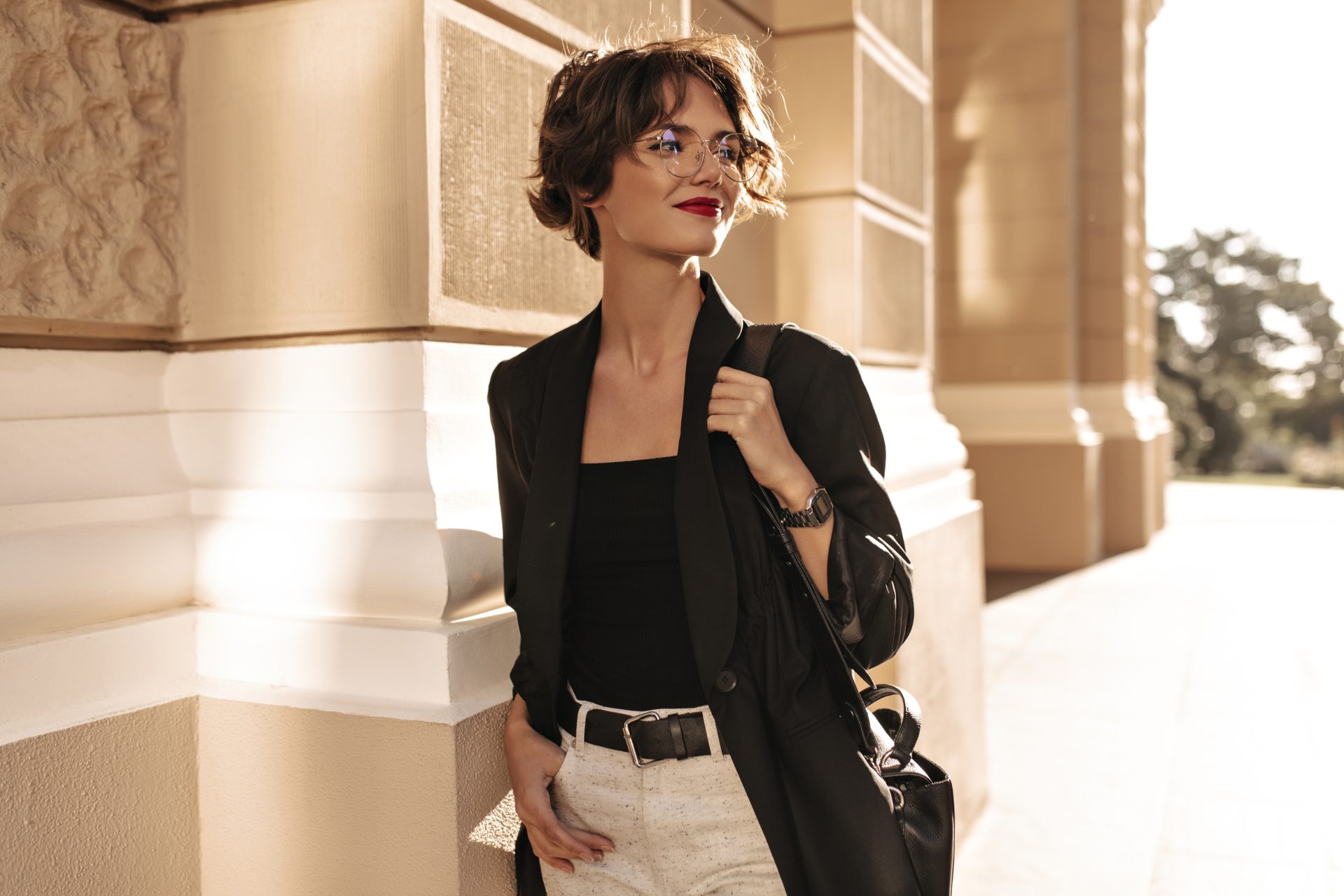
I recently went to a panel held at the Los Angeles Fashion Institute that had some pretty heavy hitters from the vintage and fashion worlds in attendance. Among the nearly shocked dialogue and frisson of excitement over the imminent discussion (well, for me anyway!) of the vintage aesthetic were several representatives from Prada’s archival department—yes, apparently they have an archiving department—and many other notable figures from the worlds of vintage and fashion. They were there, I suppose, to help us all debate the future of retro aesthetics.
There is an unmistakable thrill in uncovering a part of history—a tangible reminder that fashion isn’t only about chic looks today but also about preserving the legacy of our forebears. As I ventured into the crowded markets and my secret allotments of vintage fashion, I met up with a wonderful assortment of collectors, enthusiasts, and artful set decorators straight out of the pages of a period piece. They too treasure the garments that have somehow found their way into our path.
And all of us, in our own way, are the keepers of the story. That is what makes vintage so precious—it’s not just about the fabric and the thread; it’s about the incredible legacy and memories each piece holds. When I look around, I see that the vintage fashion still affects quite a lot of what’s going on in the industry.
I see designers from today using looks, colors, and even specific garments from past decades in their collections. And I hear many of them talk about the quality and almost artisanal craftsmanship that went into making the pieces from earlier times. So, I ask myself—and not for the first time—what it is about things from the recent past that seems to inspire the new people in the industry in profound ways.
My journey has taken me through the many domains of vintage fashion. True style is cyclical. Take, for instance, the well-worn leather jacket, the vintage dress, or the tailored suit.
Each of these elements of true style transcends the notion of “passing trends.” All speak to not only a personal but a shared heritage—a collective desire for authenticity. That notion of “style for the sake of style” is what makes vintage fashion a “movement” as compelling today as it was decades ago. For me, vintage fashion is a portal to the past.
But more than that, it’s a tangible link to the present. It invites all of us to appreciate the beauty of real, “enduring” style.
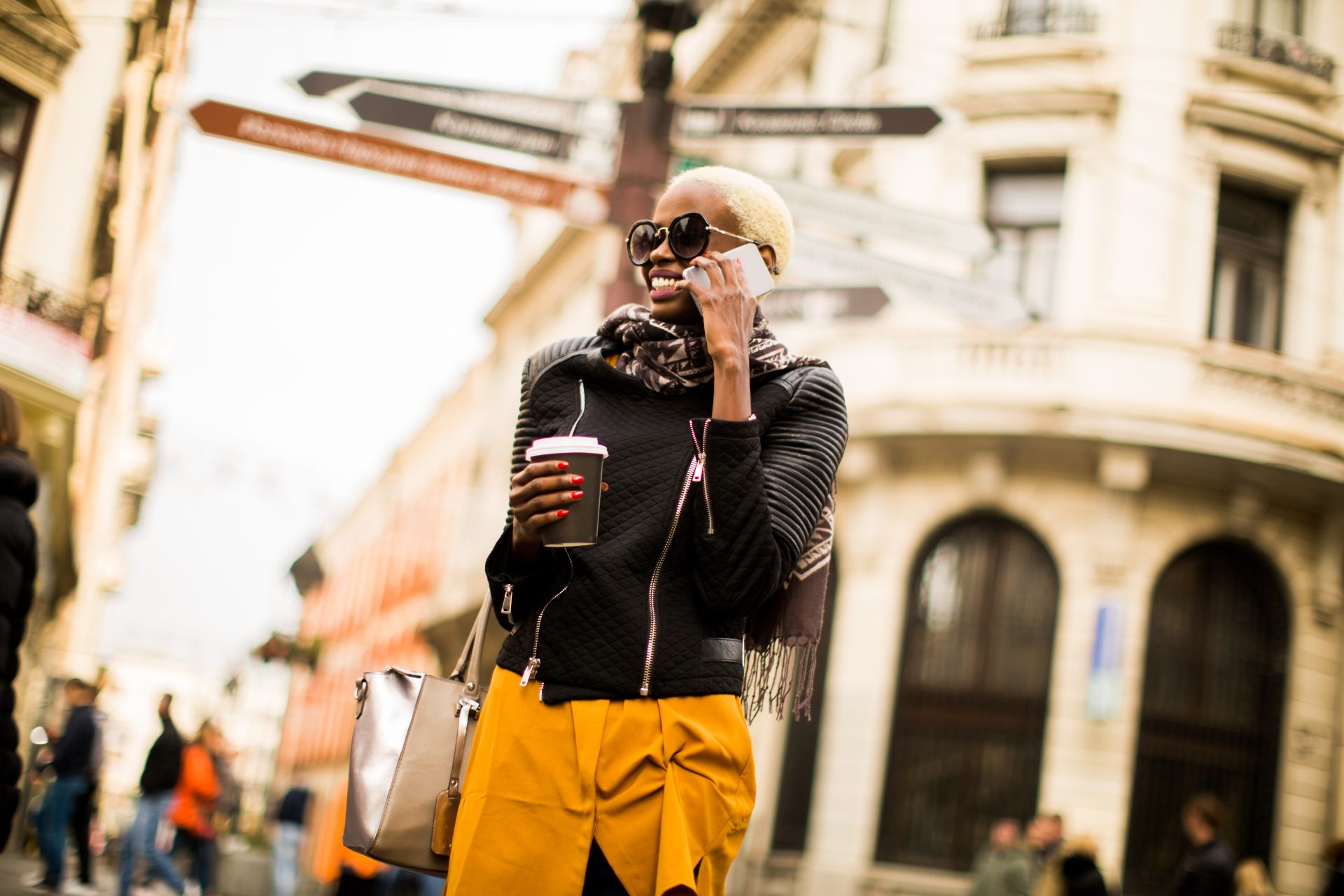
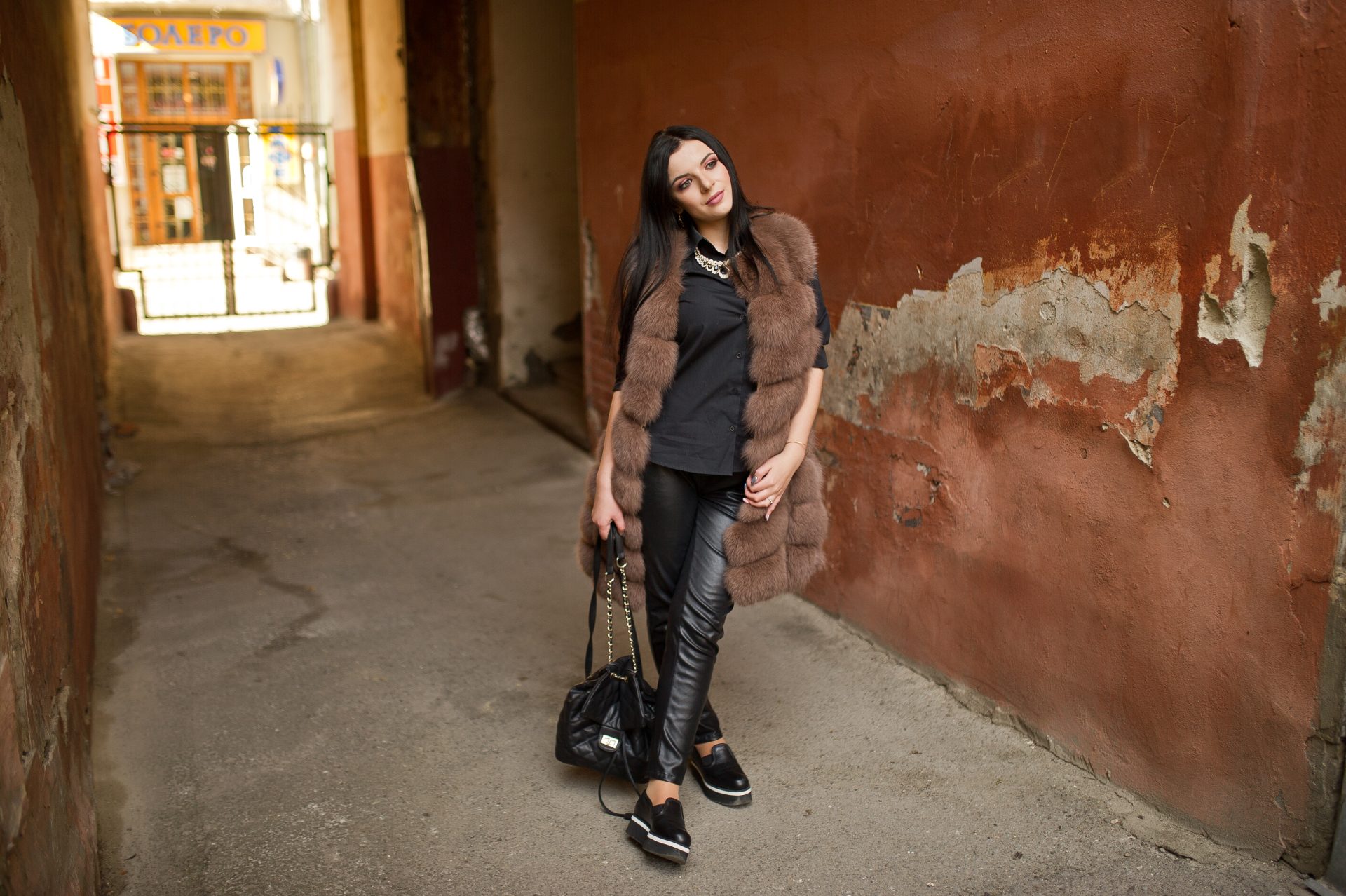
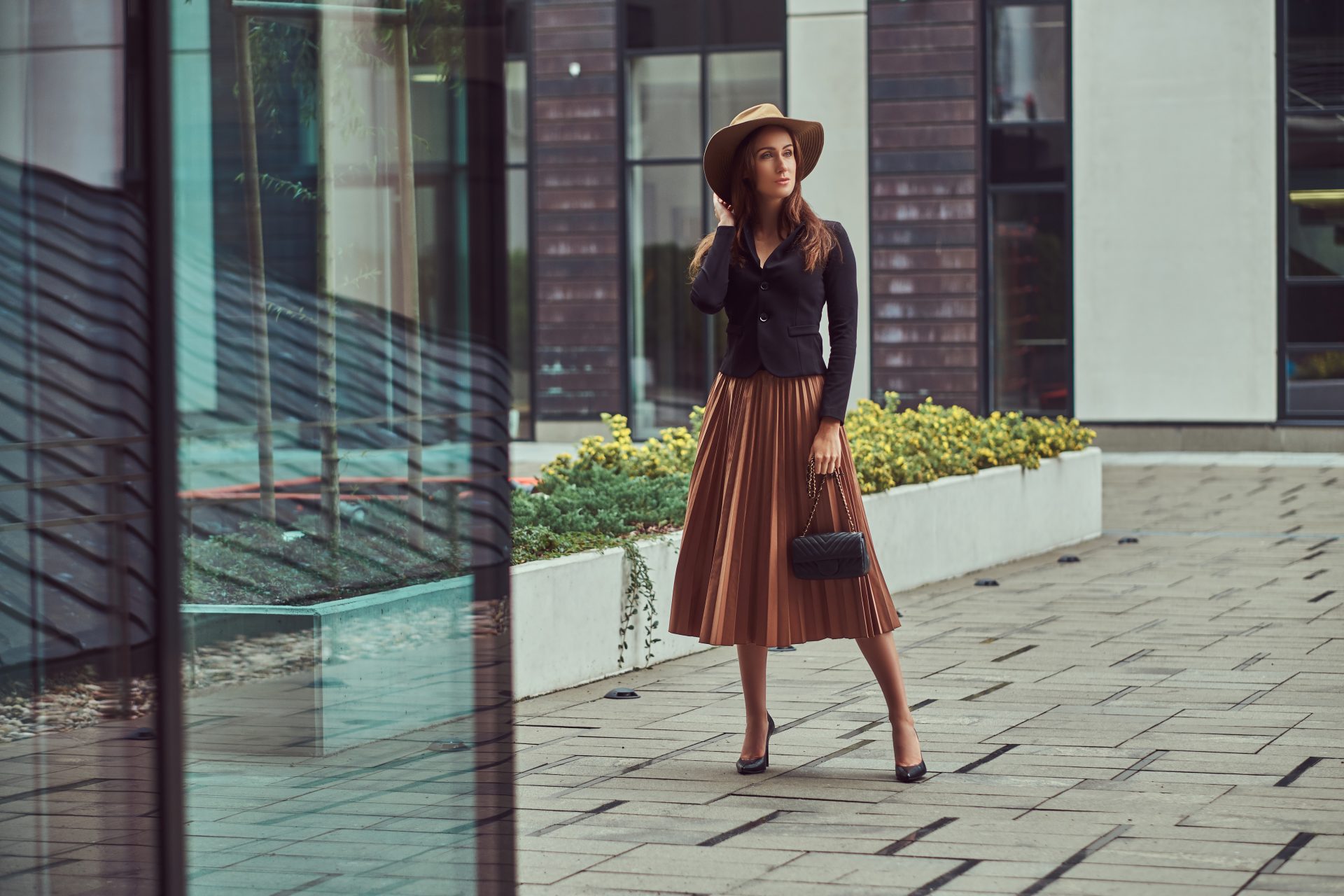

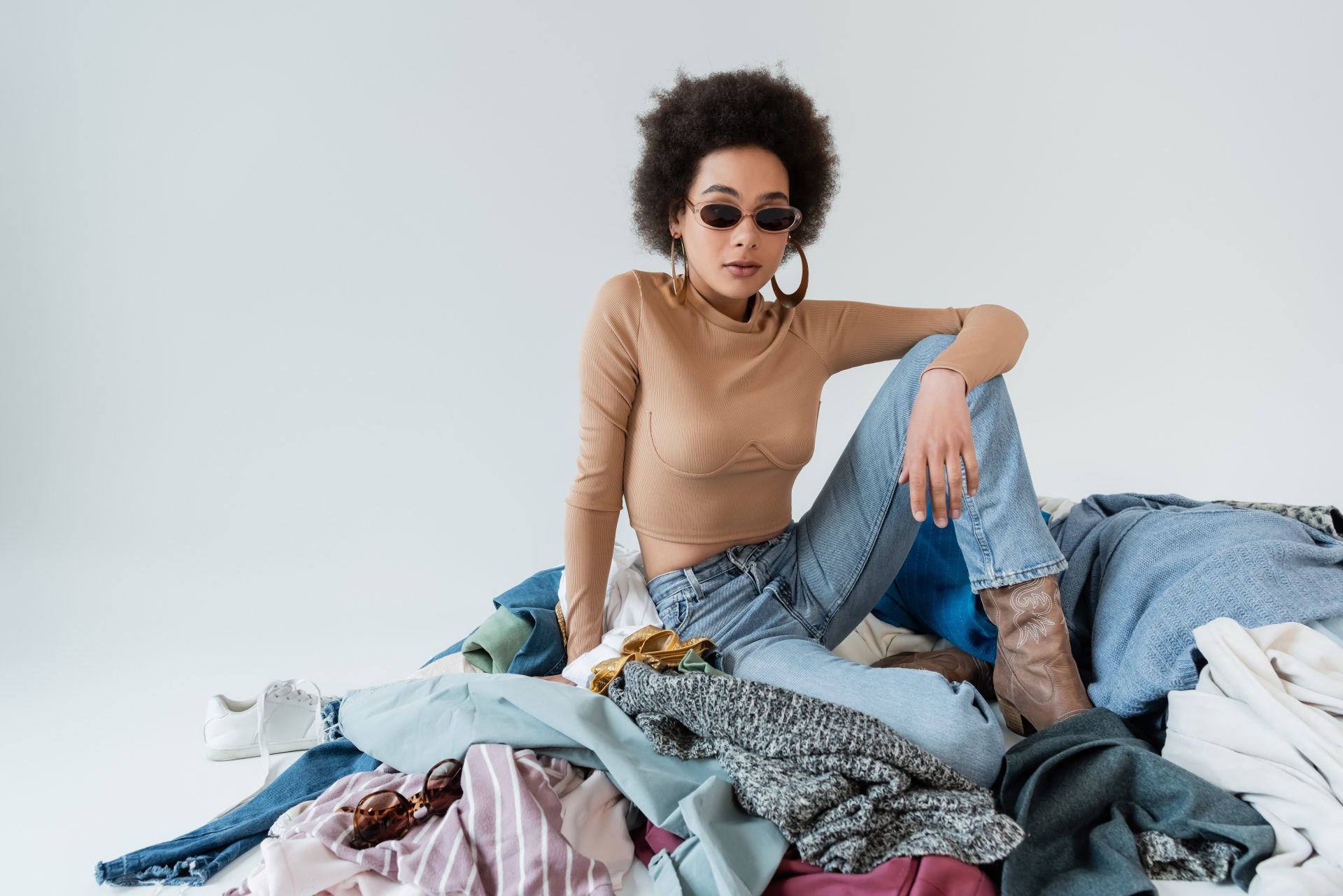
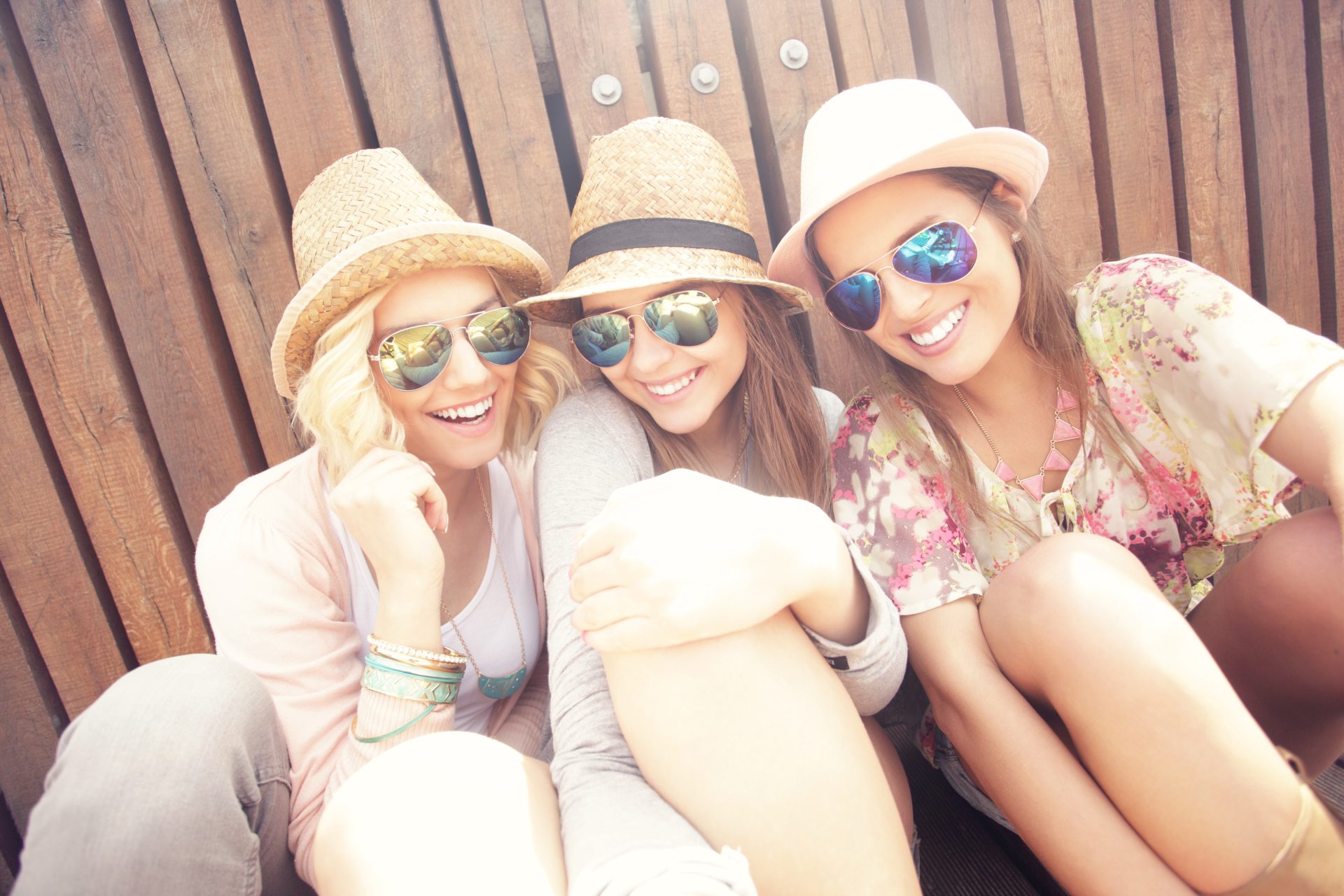
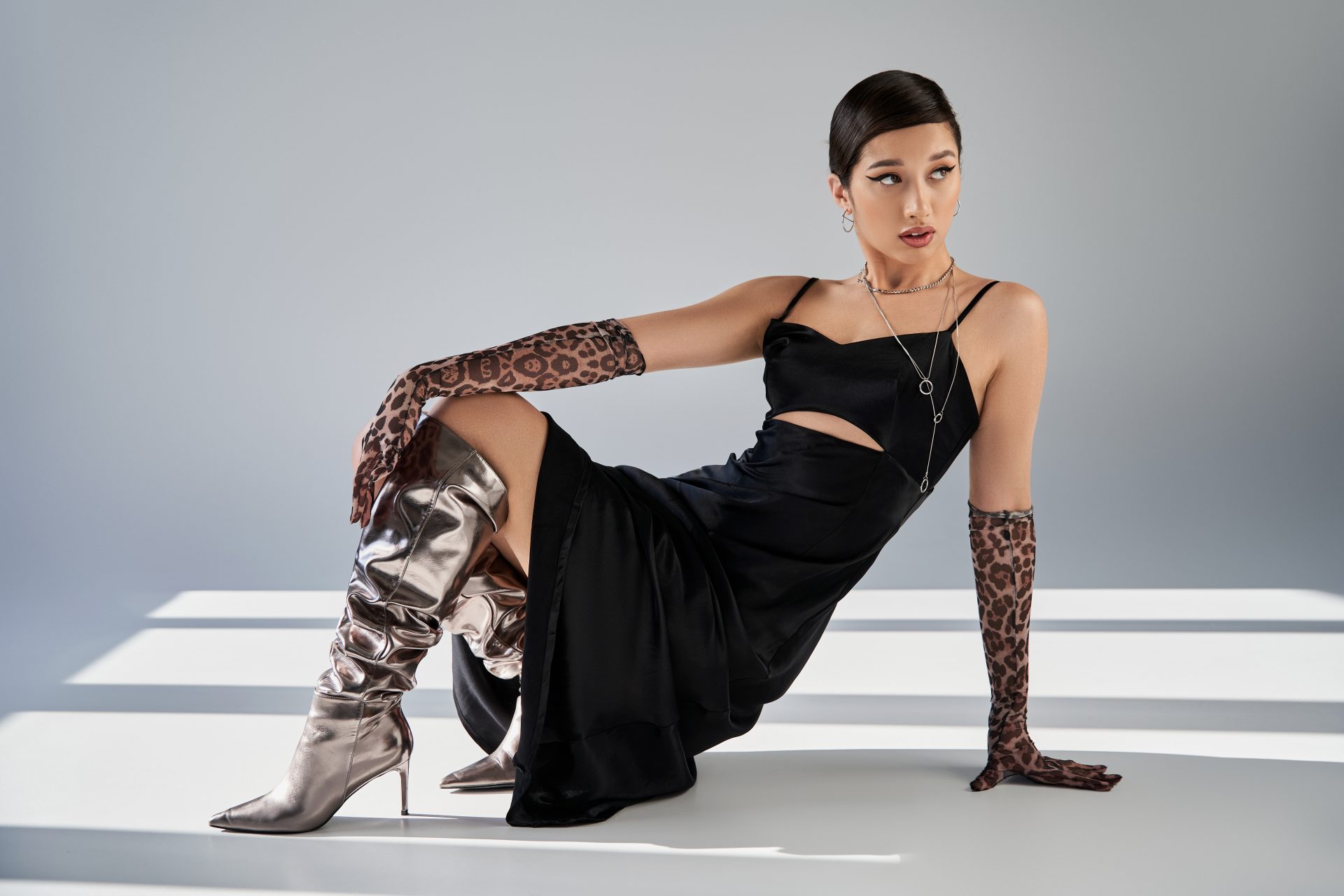

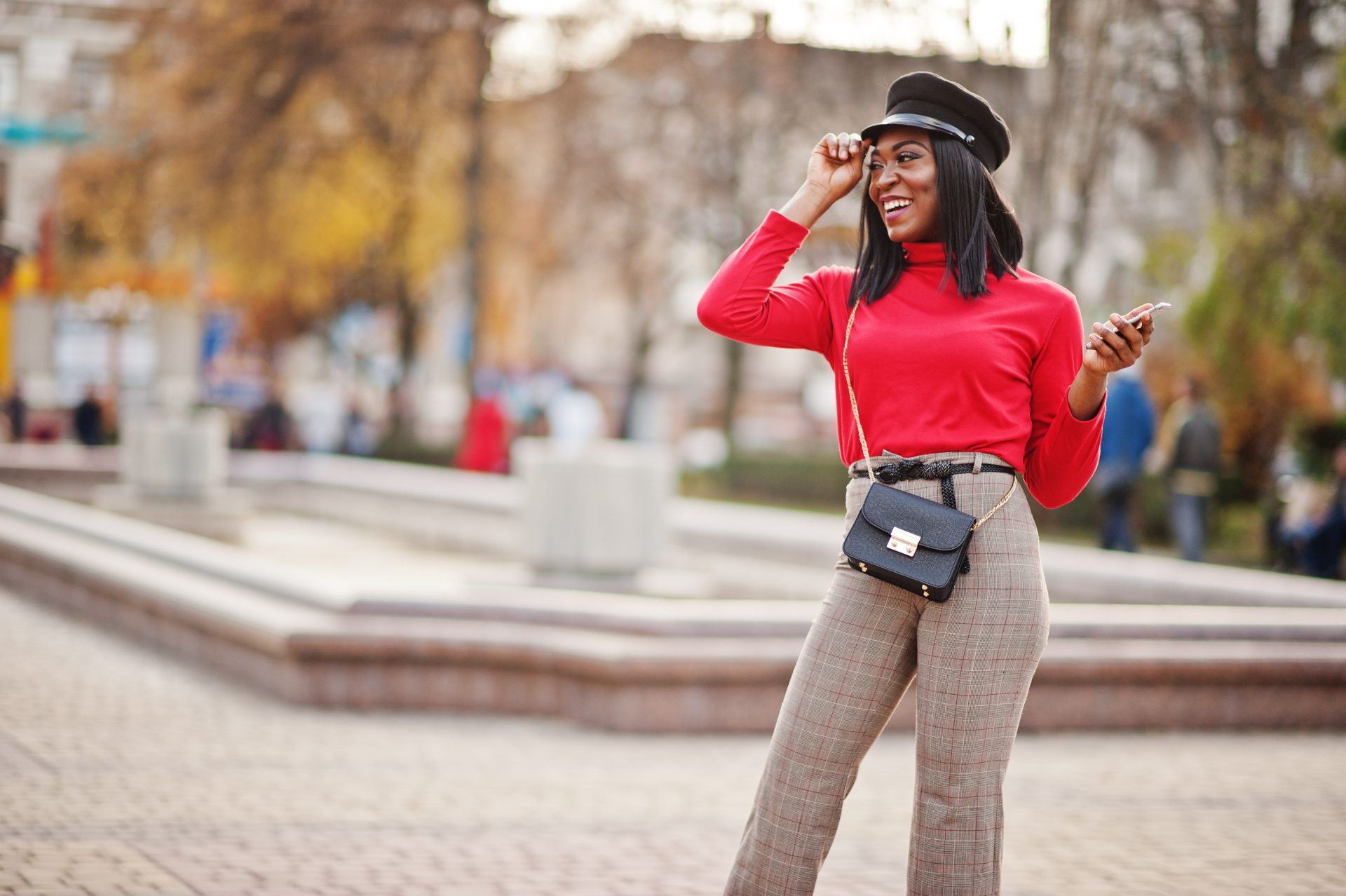
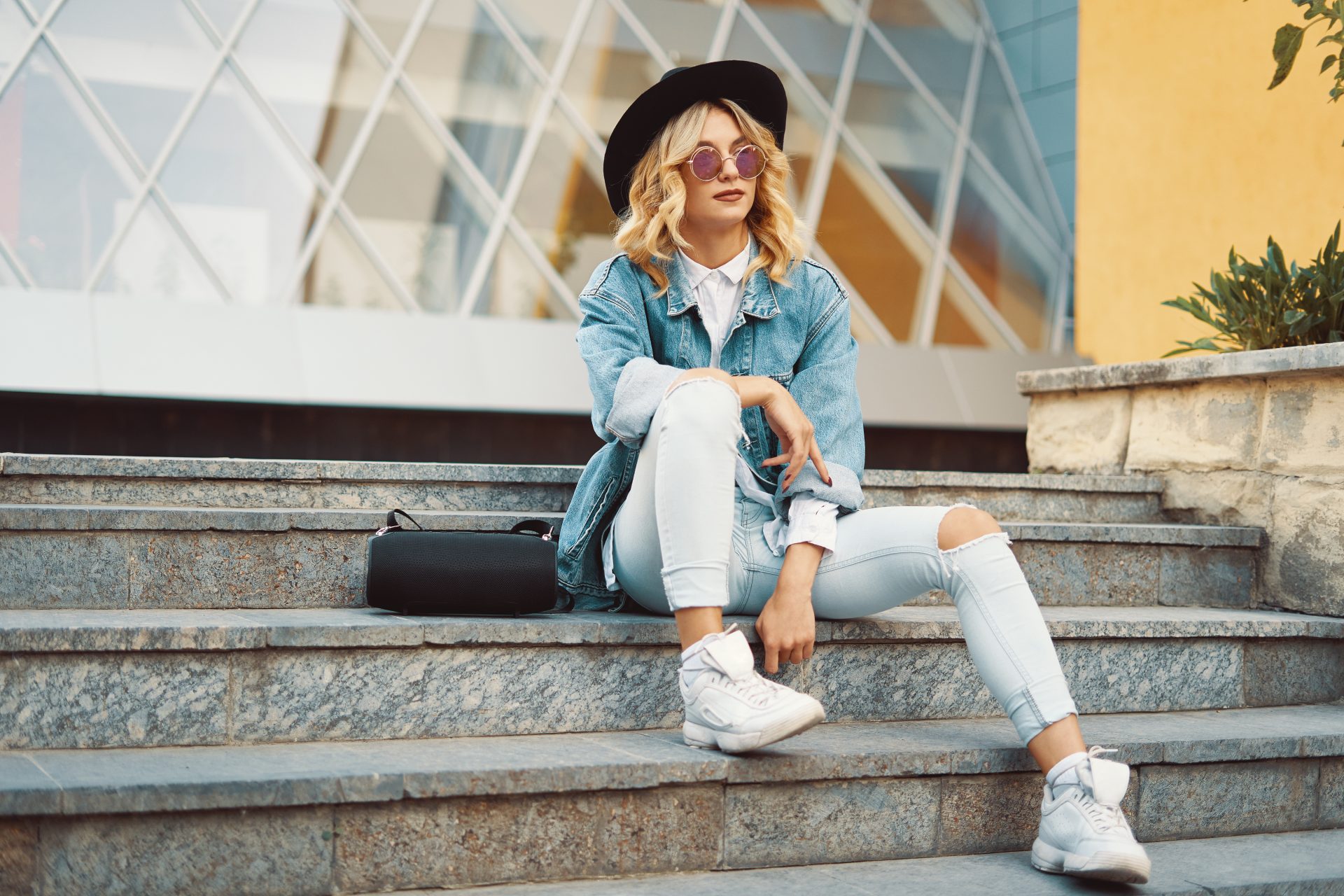
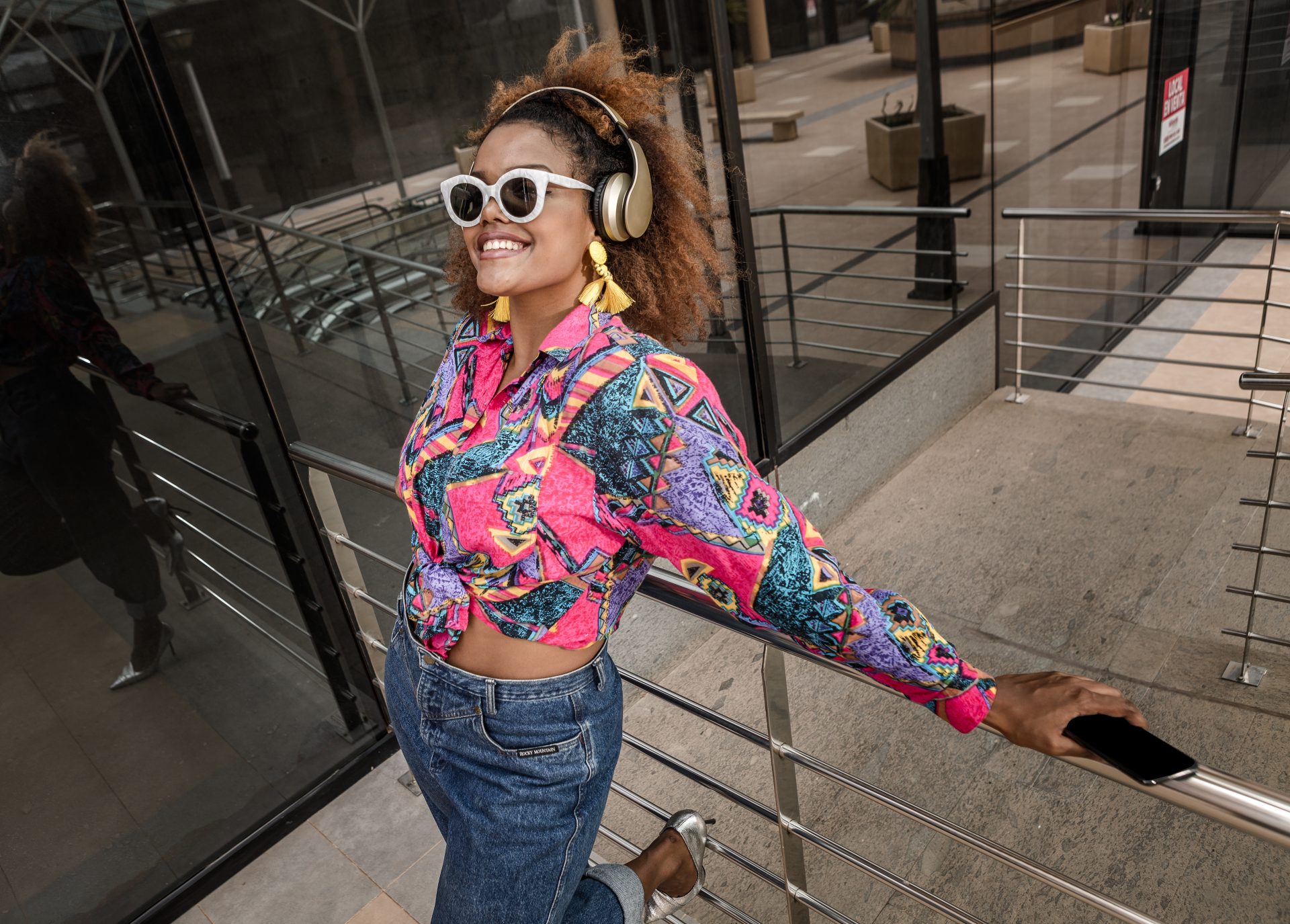

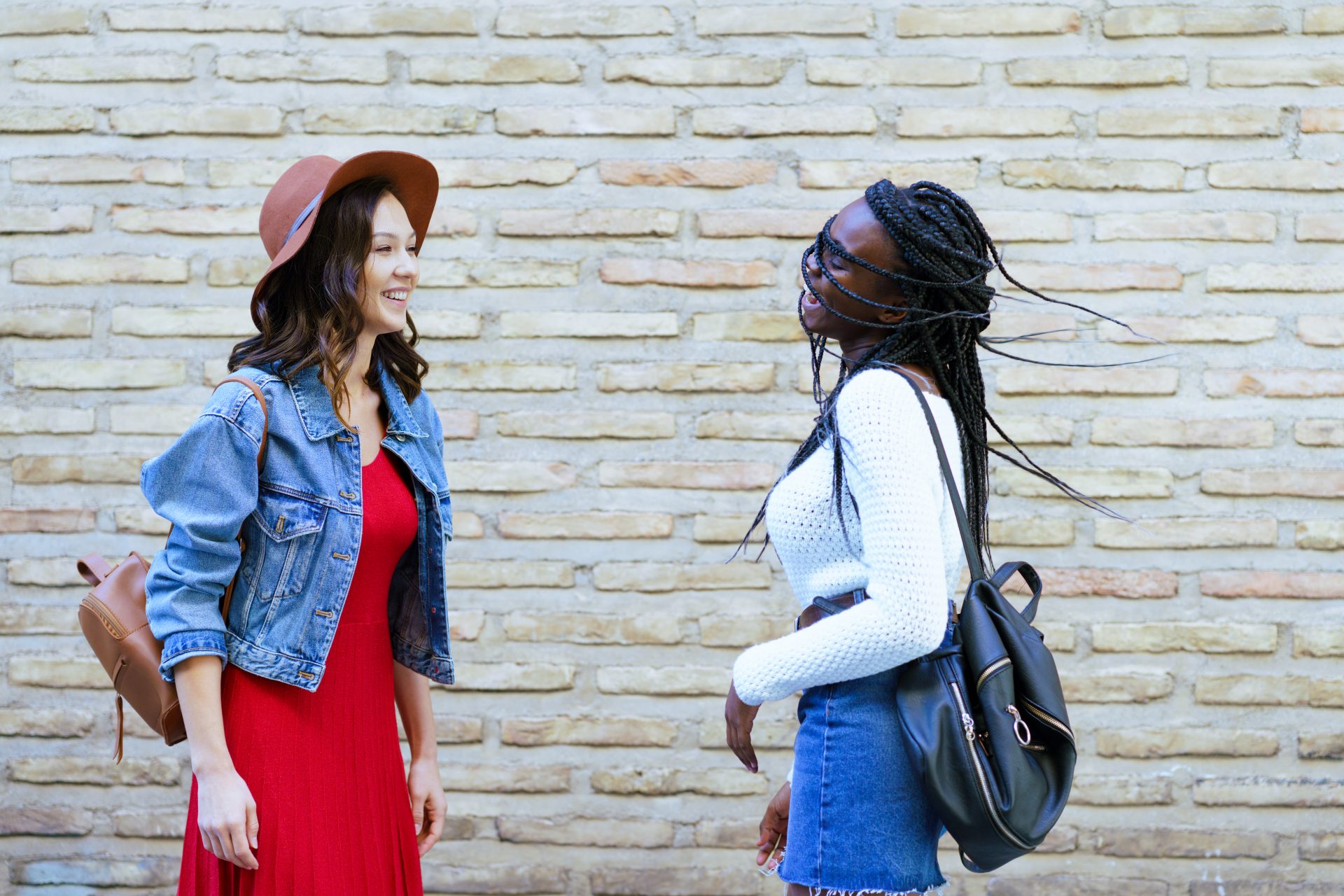
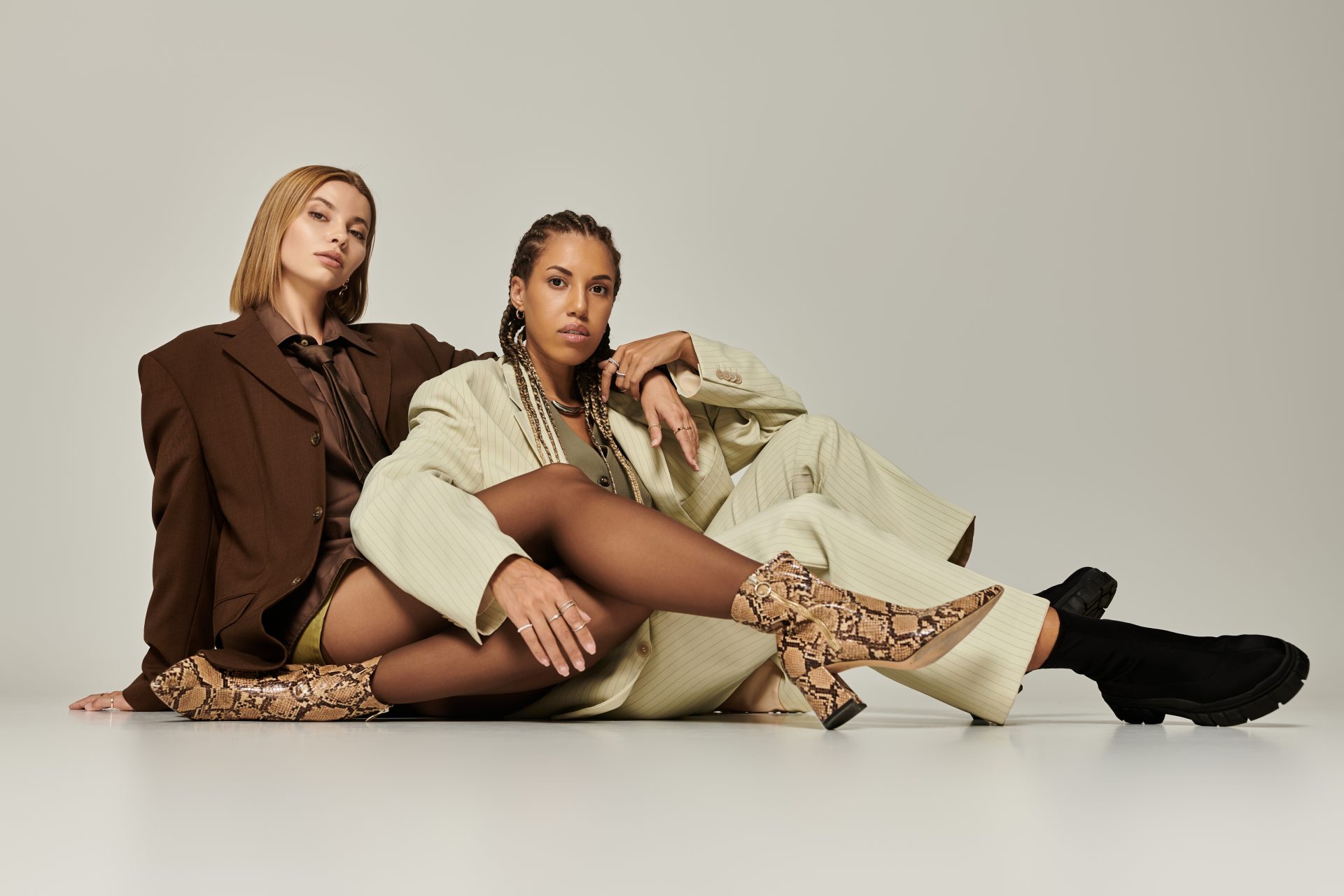
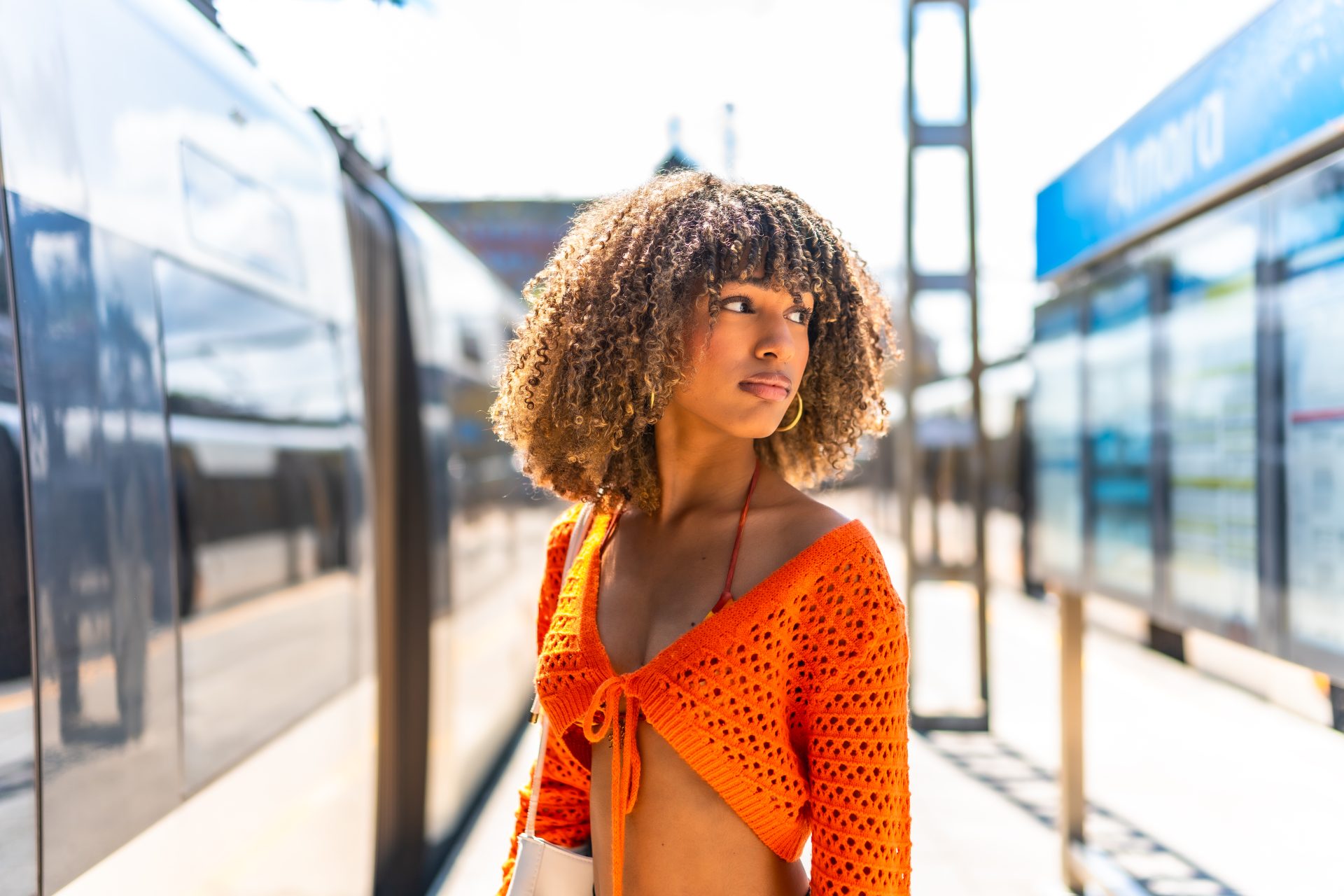
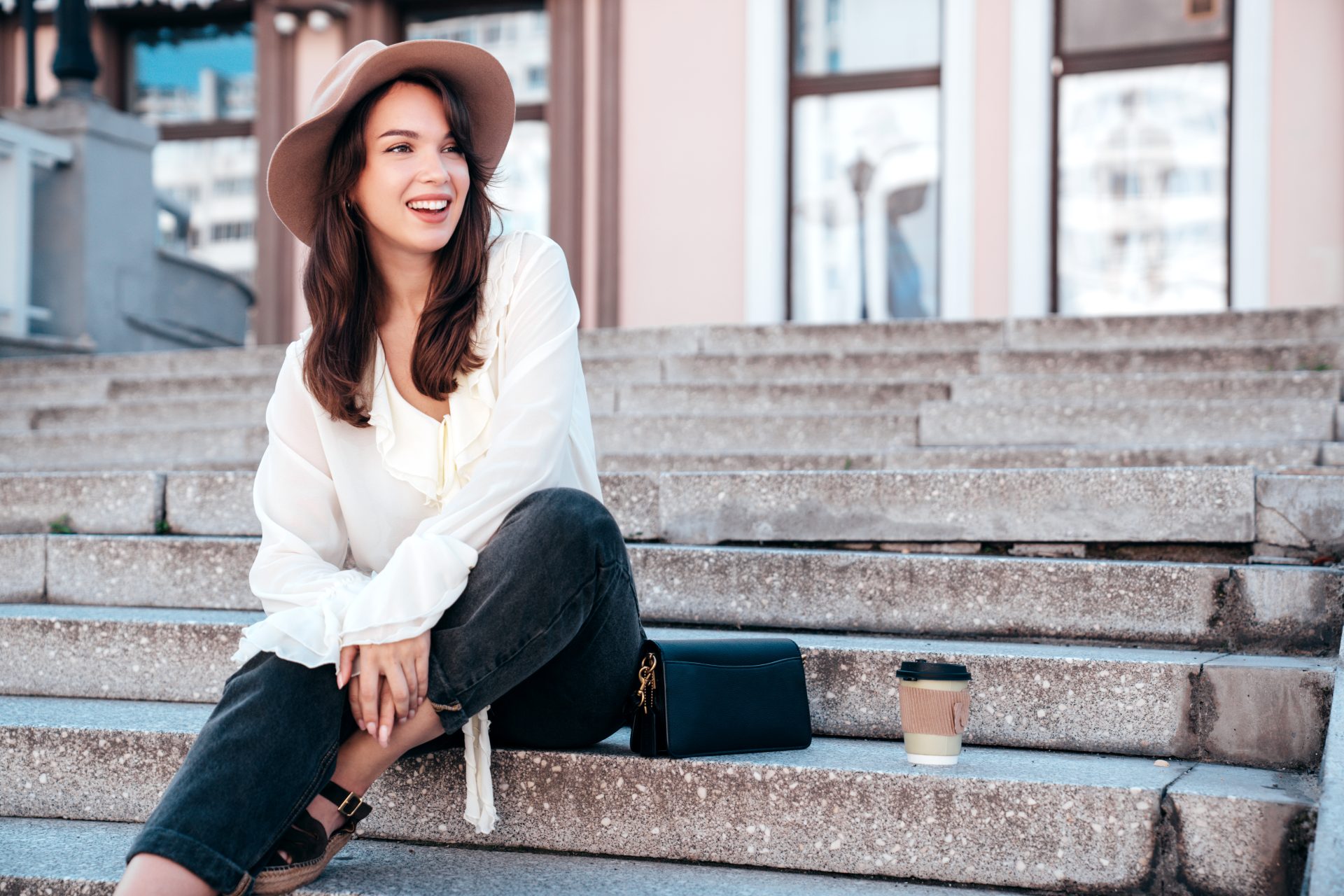

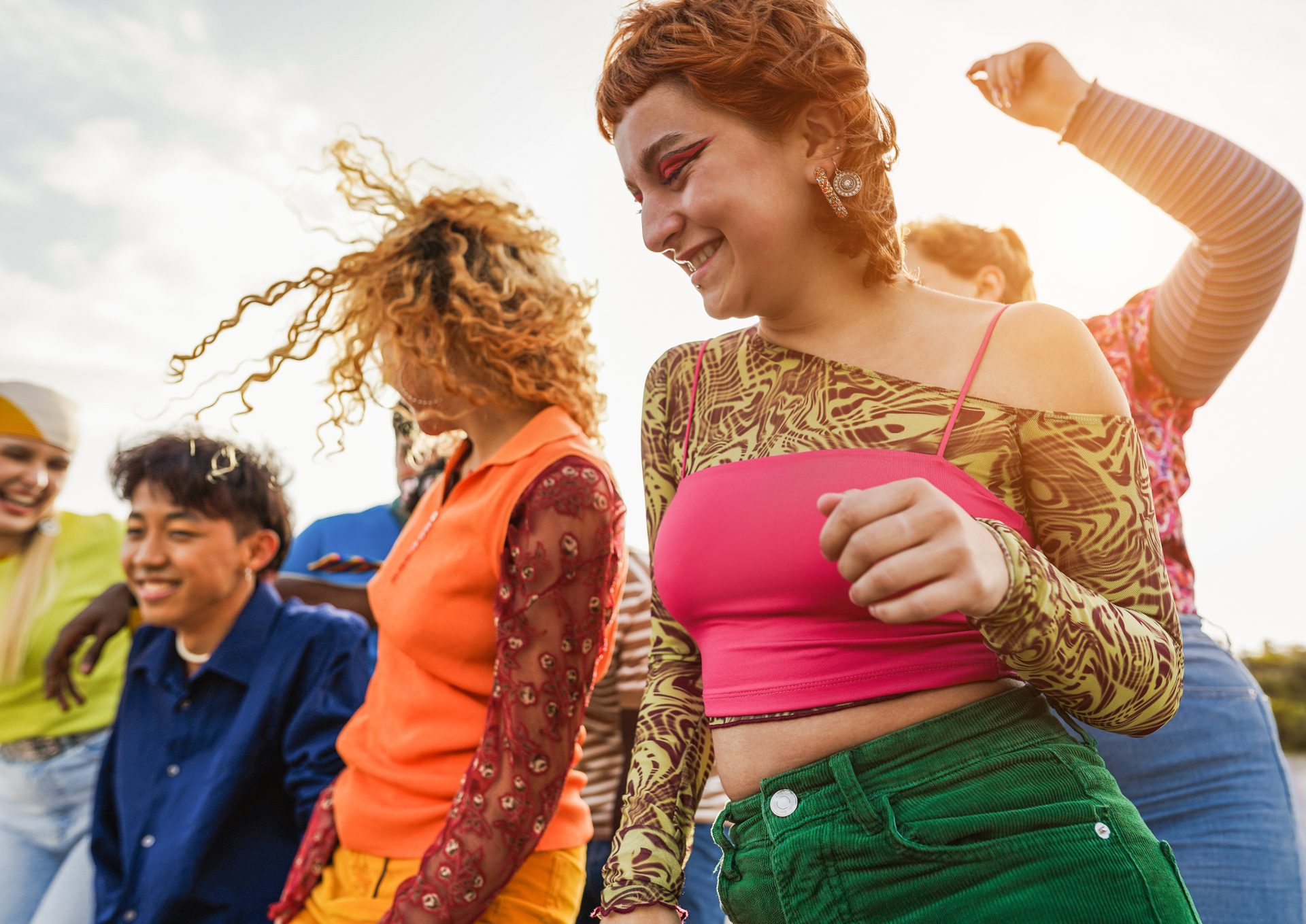
0 Comments